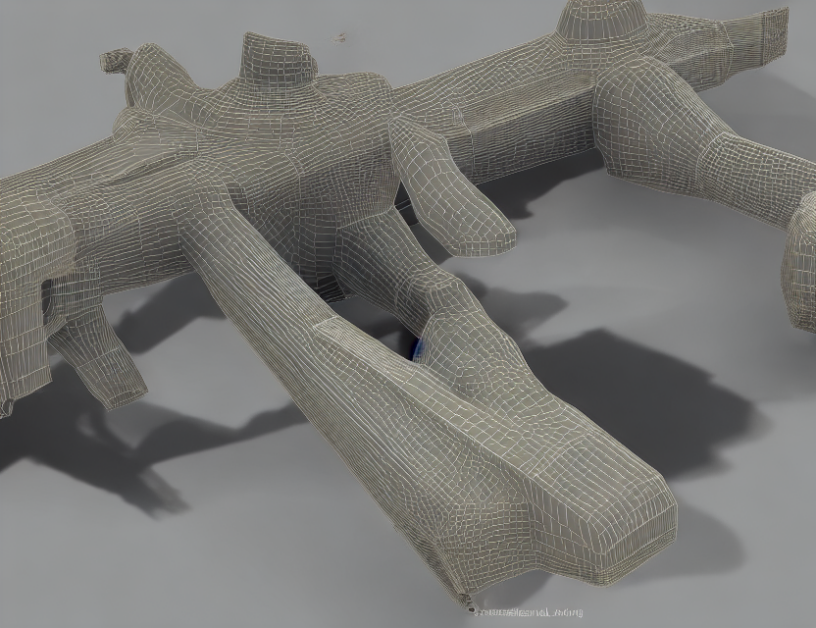In this article, researchers X. Bai, S. Bai, and X. Wang propose a novel approach to improve the efficiency and accuracy of 3D object retrieval by leveraging neighbor set similarity. They introduce a multi-view descriptor called "CM-BOF," which combines clock matching and bag-of-features (BoF) for each viewpoint. The proposed method uses an additive angular margin loss function, known as ArcFace, to train the network and enhance the discriminative capability of features.
To put it simply, the authors aim to optimize the process of retrieving objects based on their similarity to a query object. They achieve this by analyzing multiple views of the object and its neighbors, and then using a combination of techniques to create a descriptor that highlights their similarities and differences. This descriptor is more efficient and accurate than traditional methods, allowing for faster and more reliable retrieval of objects.
Think of it like a game of "find the nearest match." Just as you might look for the object that is most similar to the one you’re searching for in a pile of objects, the proposed method looks for the objects that are most similar to the query object in a database of 3D shapes. By analyzing multiple views of each object and its neighbors, it can quickly identify the most similar matches and rank them accordingly.
The authors demonstrate the effectiveness of their approach through experiments on several datasets, showing improved performance compared to existing methods. Their proposed method has important implications for applications such as 3D model retrieval, scene understanding, and robotics. By enabling faster and more accurate retrieval of objects, it can help improve the efficiency and accuracy of these applications, leading to new possibilities in areas such as autonomous driving and 3D printing.
Computer Science, Computer Vision and Pattern Recognition
Enhancing 3D Object Retrieval with Cross-Attention Transformer and Missing Points



